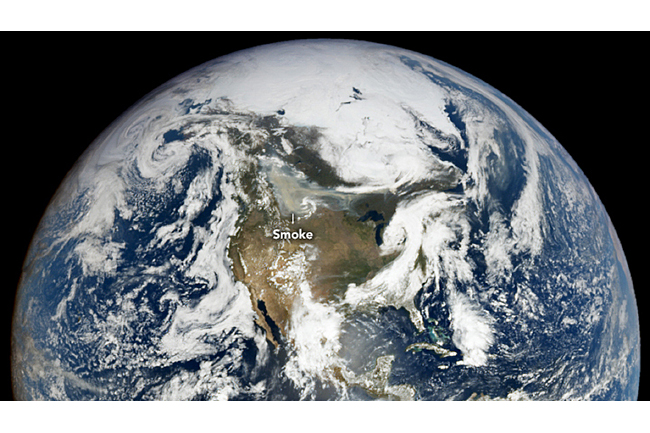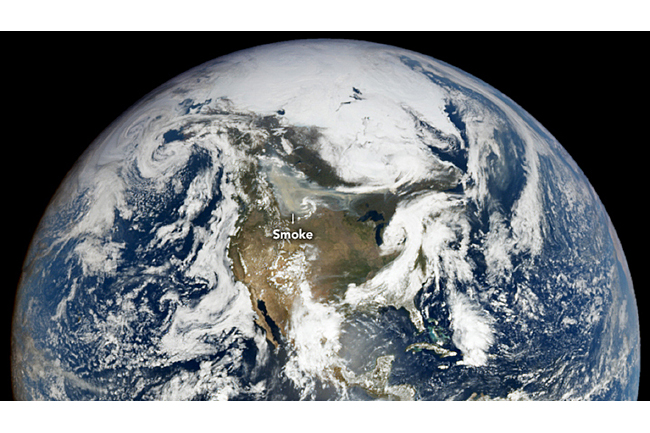
Astounding Visibility: Canada Wildfire Smoke Visible from Almost a Million Miles Away
A huge “smoke storm” from raging wildfires in Canada recently made headlines around the world. Now NASA images show that the smoke was so thick and widespread that it was visible from a spacecraft nearly a million miles from Earth.
Image courtesy of NASA NOAA’s Earth Polychromatic Imaging Camera (EPIC). DSCOVR Satellite on May 20, 2023 Giant Smoke Swirl, described as a “smoke cyclone/smoke storm” by climatologist Daniel Swain, is clearly visible.
Not so visible is all the scattered smoke.
A view of North America showing smoke from wildfires in Canada, taken by NASA’s Terra satellite on May 20, 2023 (Credit: NASA Worldview)
This full degree is more easily recognized in this image from the Terra satellite right in orbit 438 miles above the earth’s surface.
On May 20, smoke from wildfires in Alberta was entrained by a large low pressure system rotating counterclockwise over Canada and the United States. The pattern of this circulation, as well as a long tail of smoke extending more than 1,500 miles across North America, is clearly visible.
From more than 2,000 times farther away than Terra, DSCOVR’s EPIC camera was still able to see this plume of smoke. It’s faint in the image at the top of this post, but if you look very closely you can see it there too.
DSCOVR is the acronym for the Deep Space Climate Observatory spacecraft. It continuously monitors both the Sun and the sunlit side of our planet from the extremely distant position called Lagrange point 1.
The main role of the spacecraft is to monitor the Sun for massive particle eruptions and magnetic field towards Earth. From its position, DSCOVR can provide a 15- to 60-minute advance warning before these coronal mass ejections, or CMEs, reach us and potentially disrupt satellites, communications and power grids.
Meanwhile, the spacecraft’s EPIC instrument measures ozone, aerosols, reflectivity and cloud height, and other scientific variables—while providing a unique, distant photographic perspective of the home planet.

